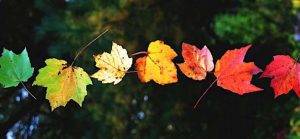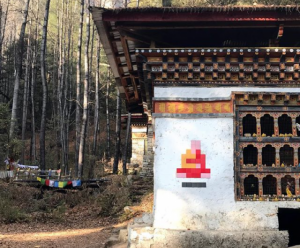Meditation, mindfulness, awareness, enlightenment are but a few terms used, often interchangeably these days, for practices aimed at improving mental health, brain training, through to seeking buddhahood. Without the shadow of a doubt however, becoming self-aware is often our crucible; the only means through which can we really progress.
Gnōthi seauton
Know thyself
Sometimes we just feel off kilter, that something’s not quite right, so this can be as simple as bringing into our conscious mind issues hiding just below the surface.
Certain types of meditation are not for everyone though: cushion-sitting and cloud-chasing meditations can feel a dangerous place for some people—especially those with the scars of trauma—and this is an important point to remember, and needs to be addressed in very sensitive and responsible ways. And from a trauma-free privilege, one is in no position to judge on any meditive merits, simply because it has worked for them.
So for those who felt comfortable to do so and for those who felt curious, in last month’s article for this column I offered an activity to help to gently focus the mind while quietly revealing secrets from the subconscious in a safe, but profound way, through art, trees, and a little writing.
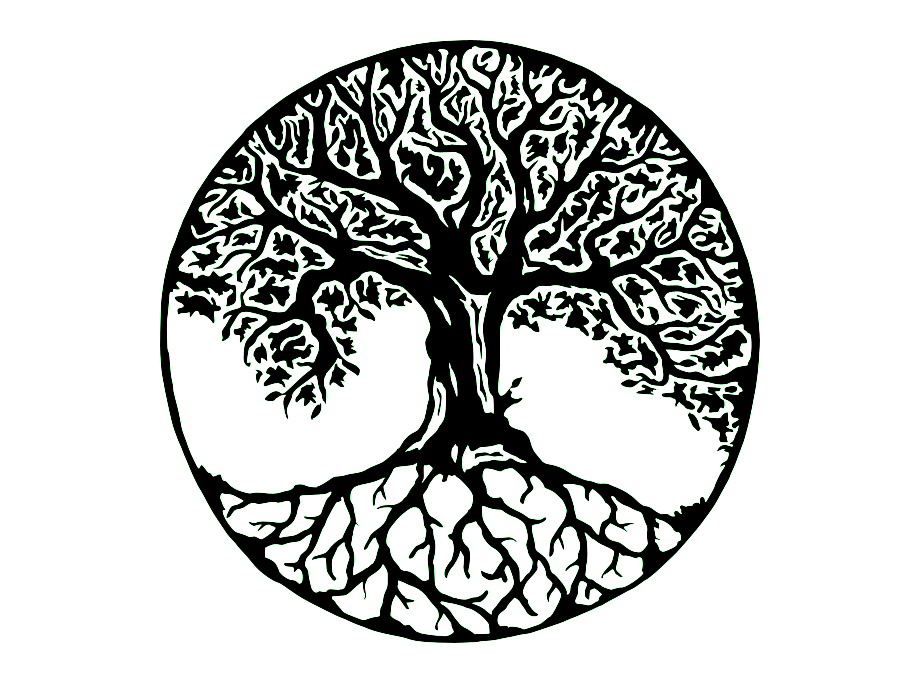
Unlike conventional meditation, the mind is focused on an activity that engages the body while simultaneously allowing for any issues to be revealed, a method quite unique to the nature of creative therapy and a therapy connected with nature.
It will have been extra wonderful for anyone who bought or brought any plant into their life during these last few weeks. Surrounding ourselves with nature, even if potted and sitting on a window sill, is a simple yet effective way to connect with nature and to introduce the toxin-cleansing and oxygenating benefits that they bring.
This creative process was a combination of intuition and cognition. The intuitive part comes from the other-than-conscious part of your being during the art creation, and the cognitive aspect of writing places otherwise abstract unconscious feelings into an “order” that your conscious mind can understand.
I do hope you found the process pleasant and helpful. The act of ritual trains us in a particular state of mindfulness. Drawing trees, especially if you set aside a specific time in the day, can be seen as a ritualistic act. Each tree may have given insight into a particular issue which the note-keeping may have made more apparent, and you may want to consider these specific issues more deeply. Otherwise, there may be an overarching theme throughout all your images.
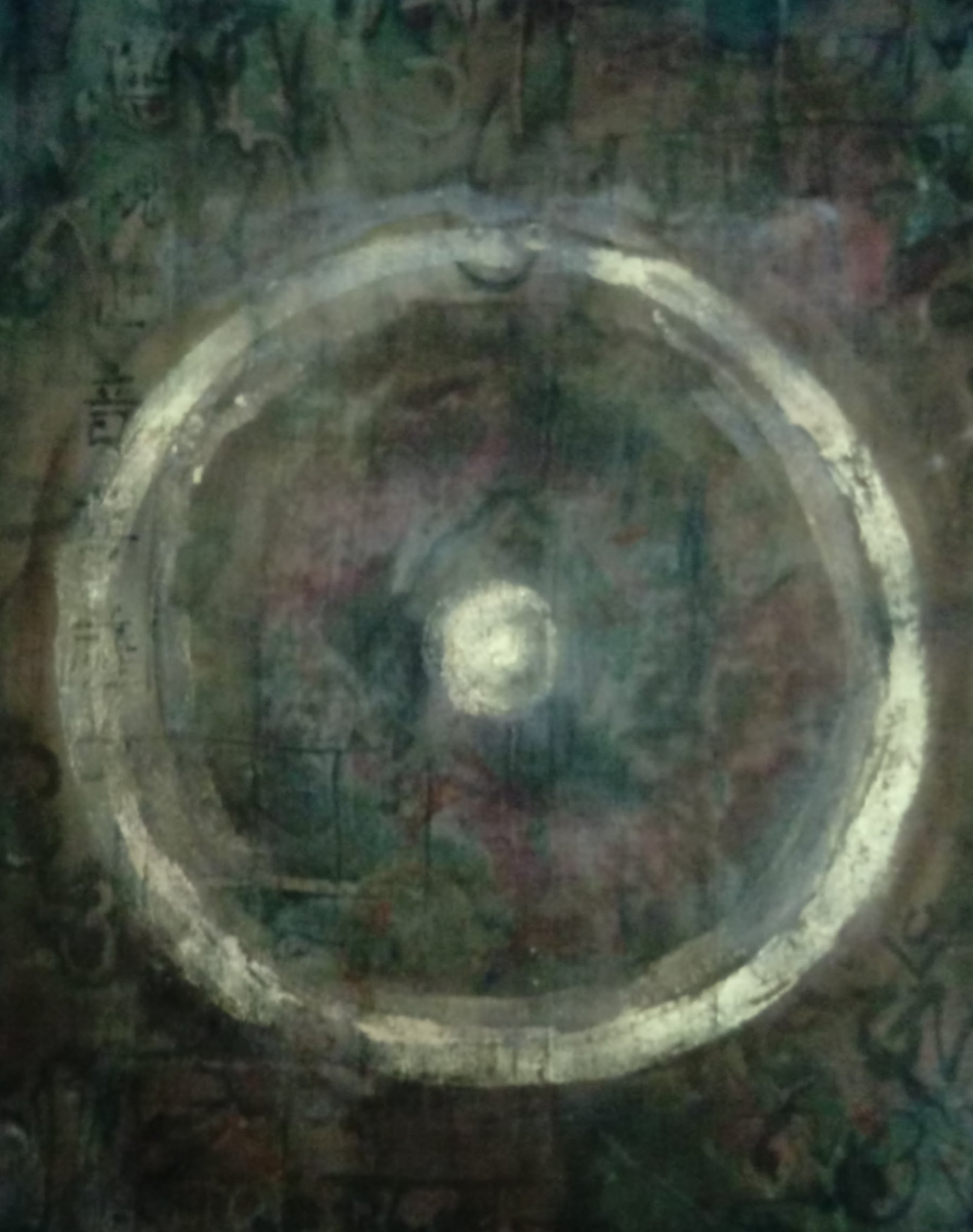
the Pythagoreans and the Greeks to represent the first metaphysical
being, the Monad or the Absolute. Image courtesy of the author
Today, I would encourage you to collect all your pictures together and spread them out in such a way that you can see them all from the first one you did through to the most recent. During your time spent with these trees, you may have already found yourself noticing things about them or about any emotional responses you’ve had to them. I have a collection of thoughts for you to consider and self-reflecting questions to dig into. Many other thoughts and questions may come to your mind as you read them.
• Has there been anything that has stood out over the course of creating your images?
• What are the shapes of your trees? Straight, gnarly, fat, skinny, full of foliage, stark, fruiting, anthropomorphizing? And is there a theme? Maybe the same form appears each time you’re in a particular frame of mind or emotional state. Maybe each tree is radically different each time. Maybe the same tree is repeated but with differences in size, color, foliage, surroundings, and so on.
• Is there anything else in the image—wildlife, sky, grasses, water, people, hills, mountains, countryside, town, city, etc?
• What is the mood of each image, and is there an overall mood to all of the images?
• What is the tree’s relationship with the circle? Where is the tree positioned in relation to the circle—centered, off to one side, toward the top or bottom, extending outside circle? What size is the tree compared with the circle?
• Are there any influences from outside of the circle?
• What is the tonality of the piece? Look at each tree’s color—is it in colored pencil or in black and white? Is the image strong, pastel, bright, somber, gothic, pale, weak, angelic?
• Is there a color theme throughout the images?
• Note the “theme” of each tree and if, and how, it correlates with the notes you’ve written for that tree.
• Is there a theme across the trees you’ve drawn? Can you see a pattern in the types of trees you’ve created and the thoughts and feelings you experienced during the sessions?
• Are there any numerical themes to the images? Numbers of branches, for example. If there are fruit, are there any patterns? Are there more trees than just the main one?
• How “alive” are they?
• Can you notice anything else?
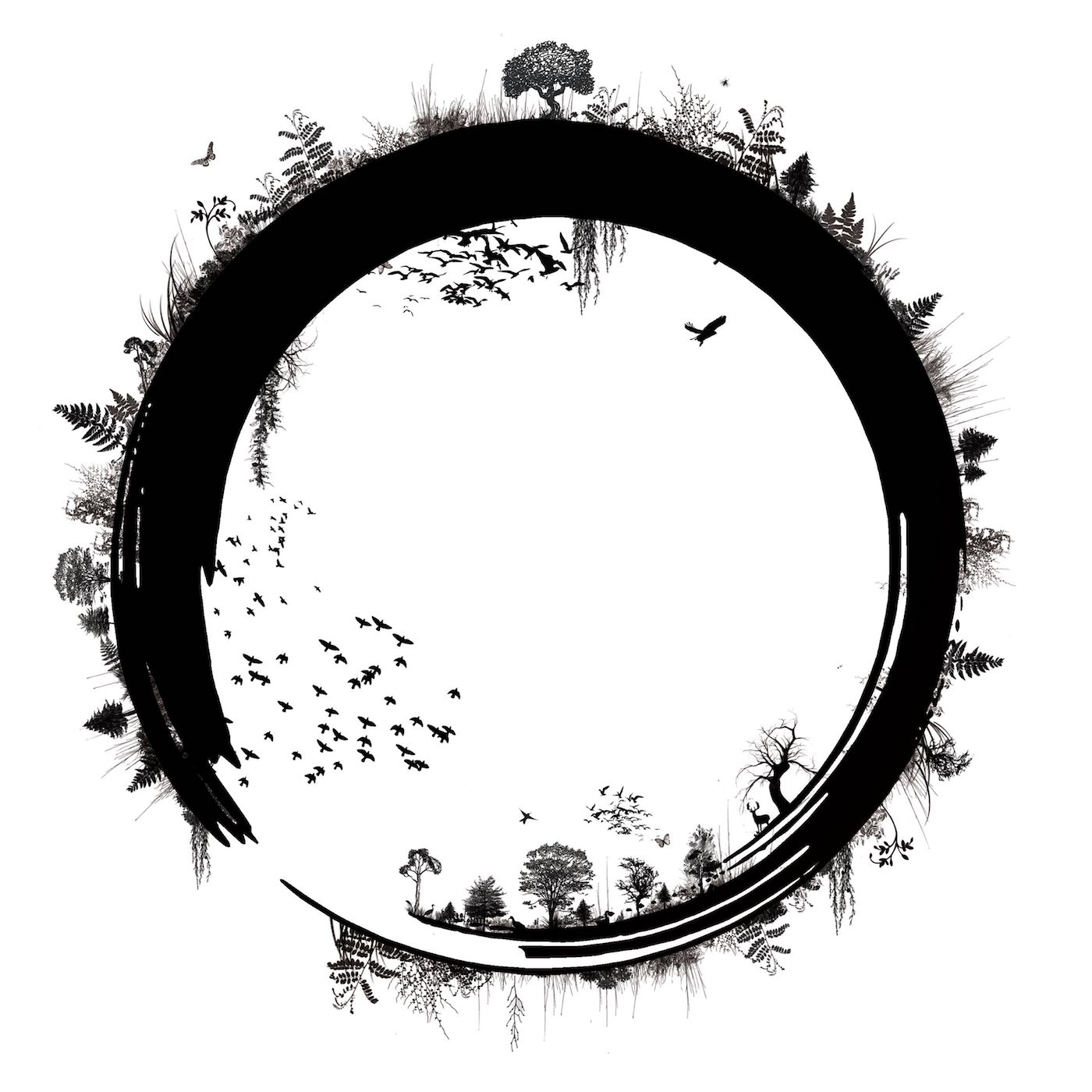
The tree
As you may well already be aware, the tree represents life force, both subjectively and objectively. The life force can represent our own self, maybe how we feel about our self, or it can represent an emotional response in relationship with something in the outside world. You may have found that some of your trees are very different from others, depending on your mood while drawing.
The circle
The circle is one of the oldest human symbols, most commonly used to represent the Sun, gold, enlightenment, and wholeness. It has historically been expressed as the Japanese ensō, alchemical gold, the monad, the Seed within the egg; the “Orphic egg.” “God is a circle whose centre is everywhere and whose circumference is nowhere.”* The 21st letter of the Greek alphabet and symbol of the most “beautiful number in the universe,” the golden ratio known as Phi.
According to the psychologist Carl Jung, the circle represents the psyche, our golden solar center if you like. What happens within the circle is what is happening within us. What happens outside of the circle is the outside world.**
The relationship between the tree and the circle becomes of interest when looked upon in these symbolic ways. The tree can even be seen as the dynamic masculine force impregnating the cosmic egg of creation.
The circular flow of the seasons can be visualized in a clockwise fashion around the circle, starting at the base, at the six o’clock position. Between six and nine o’clock our tree can be seen at its pre-birthing stage as concepts and early efforts. Life is in its seedling growth stage here. This period can be fraught with risk and danger with lots of unbounded, enthusiastic energy. From 9–12 o’clock, we have made the decision to really come into the world, like the seed that has made it well into the sapling stage and truly coming into form. However, this often comes with its fair share of struggle and juggle. Make it to 12 o’clock, and it can be said that the tree is at its prime, its zenith. It is fully realized. From 12–2 o’clock and we become less about me, myself, and I, and more about our place in the world, others, our contribution and resulting legacy. The tree is in fruit, leaves golden, and it’s realizing its purpose. By three o’clock however, our tree is losing its leaves that have already lost their life force and so it feels as if we’re experiencing the end of something. Four o’clock often brings a feeling of chaos as things that were dissolve. The leaves scatter in the cooling autumnal winds and it is rendering the tree naked, apparently barren. This can fill some with fear, while for others the end of something is a blessing (e.g.. a job you hated, fraught with stress, eventually reaches a tipping point and you become free to pursue something better.) By six o’clock again, though, the tree really looks dead. Empty, gnarled fingers scratch at the cold sky during the long winter. Yet two things happen now. First, our horizons suddenly open up as we can see through the branches and into the distance; second, the tree is far from dead. All its life-giving energy is going underground. Down deep where the magic really happens. When we come around to the beginning of this “clock cycle” we’re actually re-entering the process, but now with all the education of the year just past.
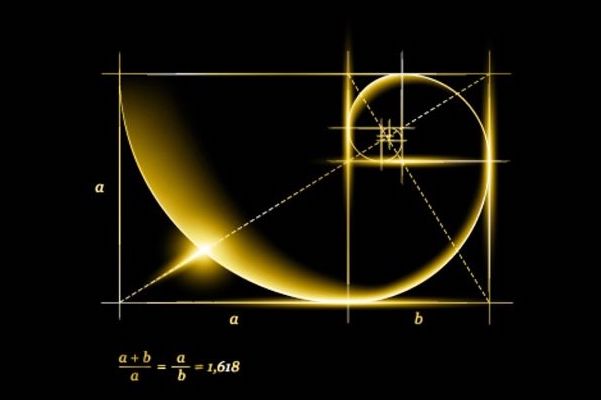
So as you look at your trees, notice where the tree is situated, leaning toward, coming from, or heavy or light in certain places in relation to the circle. How is the centre of the circle? The monad, the golden core? What does it mean to you? Notice the colors in these areas. What do the colors and tonality mean to you?
Read through the notes that you’ve written. look at the tree you drew, and see how the drawing may correlate with your feelings or issues. What is the picture telling you? It may not be giving you an answer exactly, but it’s bringing to light something that was sitting in the darkness.
Spend some time contemplating these. Perhaps you will feel inclined to create some more. Or it might be something to do when something is stressing you. Maybe doing a tree again with a particular issue in mind will help to clarify it for you. While I cannot guarantee that this practice will cure anything, I do hope that you will have found it a peaceful experience if nothing else.
Next month, I would like us to consider Ekphrastic poetry, but with a healing twist.
* As attributed to the ancient Greek Hermes Trismegistus, often referred to as the ancient Egyptian Thoth, purported author of the corpus Hermetica.
** Thanks in part to a Jung-based creative therapy known as MARI (Mandala Assessment Research Instrument).
See more
Tilly Campbell-Allen (Dakini as Art)




